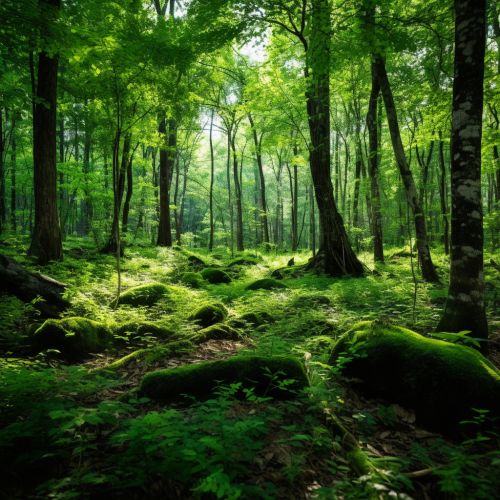The Biochemistry of Photosynthesis
Introduction
Photosynthesis is a fundamental biological process that occurs in plants, algae, and some species of bacteria. It is the process by which these organisms convert light energy, usually from the sun, into chemical energy in the form of glucose or other sugars. This chemical energy is then used to fuel the organism's metabolic activities.
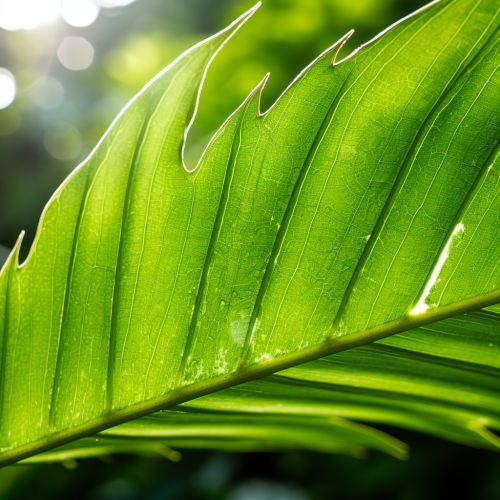
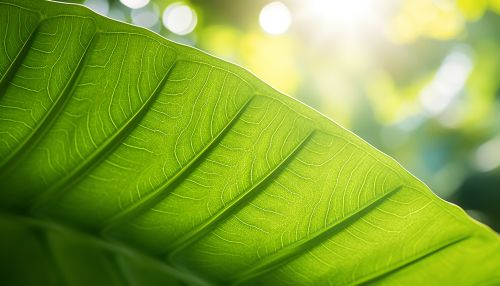
Light-Dependent Reactions
The first stage of photosynthesis is the light-dependent reactions, which convert light energy into chemical energy. These reactions occur in the thylakoid membranes of the chloroplasts in plant cells. The light-dependent reactions begin when photons from sunlight strike the chlorophyll molecules in the thylakoid membranes, exciting their electrons. These high-energy electrons are then transferred through a series of electron transport chains, producing ATP and NADPH in the process.
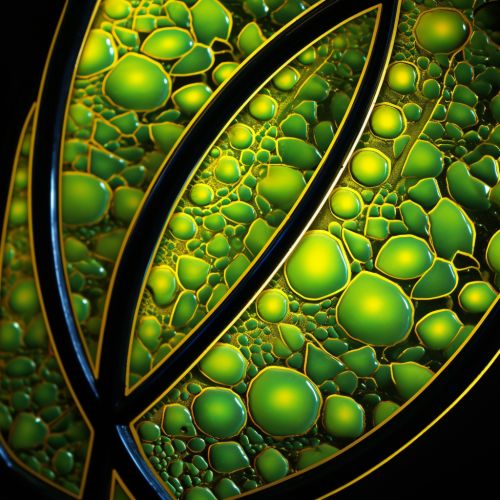
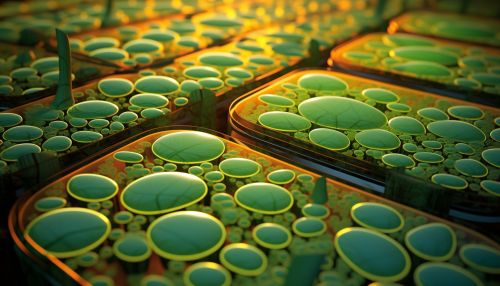
Light-Independent Reactions
The second stage of photosynthesis is the light-independent reactions, also known as the Calvin cycle. These reactions occur in the stroma of the chloroplasts and use the ATP and NADPH produced in the light-dependent reactions to convert carbon dioxide into glucose. The Calvin cycle is a complex process that involves several enzyme-catalyzed reactions, but the end result is the production of glucose, which the plant can use as a source of energy or as a building block for other biomolecules.
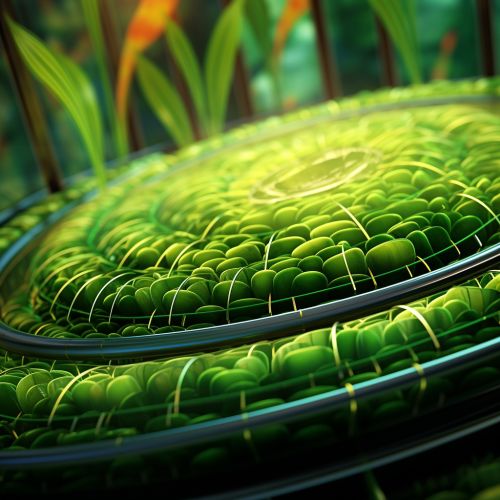

Role of Enzymes in Photosynthesis
Enzymes play a crucial role in photosynthesis, catalyzing the chemical reactions that convert light energy into chemical energy and carbon dioxide into glucose. One of the most important enzymes in photosynthesis is rubisco, which catalyzes the first step of the Calvin cycle. Rubisco is the most abundant protein on Earth and is critical for the process of photosynthesis.


Photosynthesis in Different Organisms
While photosynthesis is most commonly associated with plants, it also occurs in other organisms such as algae and certain types of bacteria. These organisms have different adaptations that allow them to carry out photosynthesis in a variety of environments. For example, cyanobacteria, also known as blue-green algae, are capable of photosynthesis and are believed to be one of the earliest organisms to have evolved this ability.
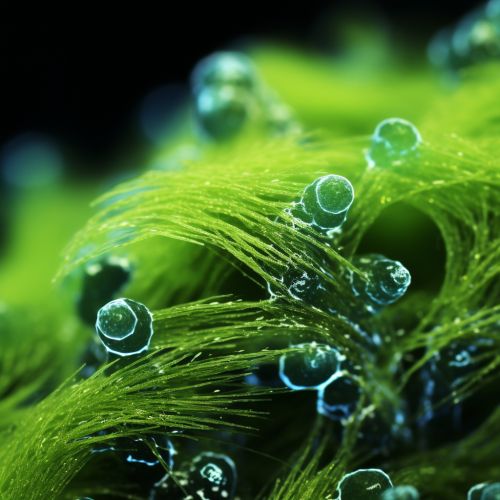

Impact on the Environment
Photosynthesis has a significant impact on the environment, as it is the primary process by which oxygen is introduced into the Earth's atmosphere. Additionally, photosynthesis plays a crucial role in the carbon cycle, as it is the primary means by which carbon dioxide is removed from the atmosphere and converted into organic compounds.
